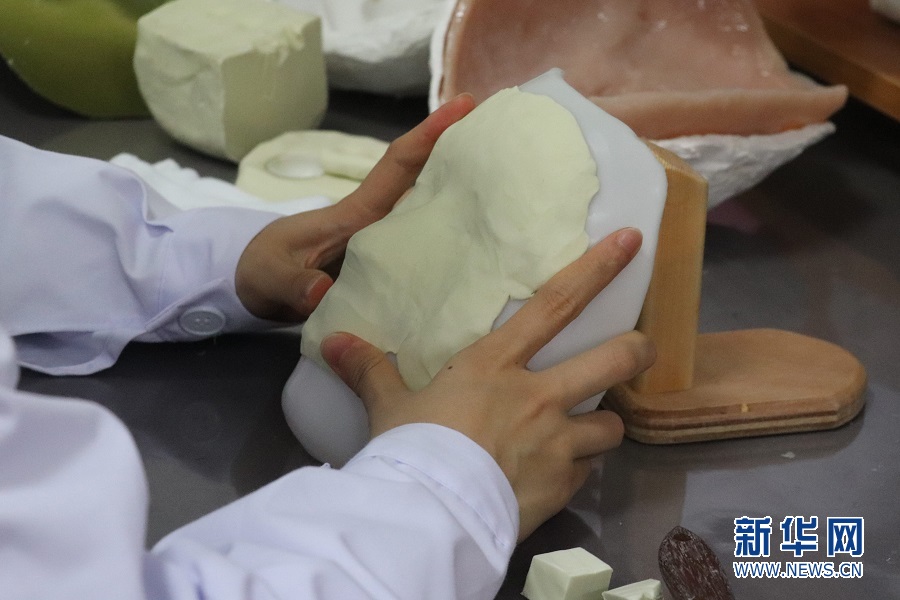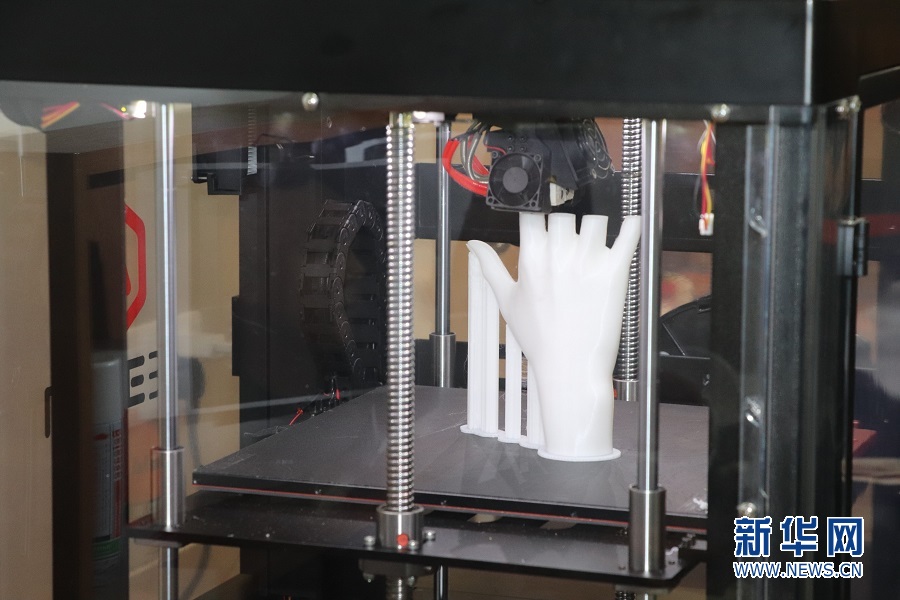“We want the deceased to leave with dignity,” said an embalming expert at the funeral parlor. There, a 3D printing program began early this month, during the customary tomb-sweeping period—a time that the Chinese spend honoring family and friends who passed away, many of whom were lost in accidents.
Death—whether it is a beloved family member, close friend, or acquaintance—often invokes a range of emotions in us, and it can lead to a dark time. Funerals are a somber matter too, but most of us do take detailed note of how the body looks in an open casket. Some may feel too sad to view the body of someone familiar, preferring to remember them as they were in life. For others, viewing the body is very important because, without question, they will never see that person again (unless you count hopes for the afterlife).
Morticians realize what a sensitive matter the last viewing can be, which is why they work so hard to perfect bodies for family and friends to see, setting the face just right, and employing numerous tricks and techniques to restore the countenance and neck. This could be an extremely challenging feat if the deceased was in an accident and suffered serious disfigurement; in some cases, the bodies may have been so injured that decapitation played a part. 3D printing may be able to help with reconstructing bodies much more accurately, making it easier for the living to say goodbye, with more positive visuals.
The Guangzhou funeral parlor prepares around 35,000 bodies yearly, and usually roughly 30 of those require restoration procedures from the mortician.“Though not large in number, every successful operation brought utmost respect to the deceased and great comfort to their relatives,” said the embalming expert.
Before, restoration of damaged bodies was performed by hand, and just one facial repair could even take up to a month—making it even more difficult for mourning families who had to wait to say goodbye at the funeral.
“The materials can easily deform. We have been looking for better ways to restore the original form of the deceased,” said the Guangzhou embalmer.
All the benefits of 3D printing come into play, from affordability to speed in production of parts; in fact, it may only take ten days for facial reconstruction. The 3D printer was developed by the funeral parlor and a lab in connection with China’s civil affairs ministry and is now available on the 3D printing market.
The solutions offered by 3D printing can be astonishing, mainly because of the technology’s ability to create solutions for applications we may not consciously have realized were so lacking previously. While there are numerous artistic and whimsical innovations being brought forth today, 3D printing is making enormous impacts also for the living in terms of surgical implants, prostheses, and even medical innovations like 3D printed skin. What do you think of this news? Let us know your thoughts! Join the discussion of this and other 3D printing topics at 3DPrintBoard.com.
[Source / Images: China Daily; Xinhuanet]Subscribe to Our Email Newsletter
Stay up-to-date on all the latest news from the 3D printing industry and receive information and offers from third party vendors.
You May Also Like
3D Printing Unpeeled: New Arkema Material for HP, Saddle and Macro MEMS
A new Arkema material for MJF is said to reduce costs per part by up to 25% and have an 85% reusability ratio. HP 3D HR PA 12 S has been...
3D Printing News Briefs, January 20, 2024: FDM, LPBF, Underwater 3D Printer, Racing, & More
We’re starting off with a process certification in today’s 3D Printing News Briefs, and then moving on to research about solute trapping, laser powder bed fusion, and then moving on...
3D Printing Webinar and Event Roundup: December 3, 2023
We’ve got plenty of events and webinars coming up for you this week! Quickparts is having a Manufacturing Roadshow, America Makes is holding a Member Town Hall, Stratafest makes two...
Formnext 2023 Day Three: Slam Dunk
I’m high—high on trade show. I’ve met numerous new faces and reconnected with old friends, creating an absolutely wonderful atmosphere. The excitement is palpable over several emerging developments. The high...



































